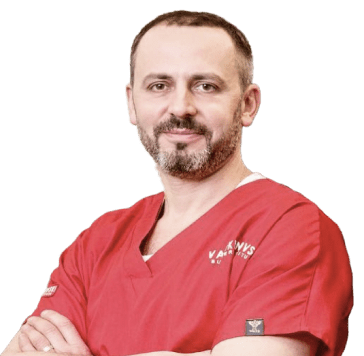

The need for surgical treatment of a deviated nasal septum (septoplasty) arises not only in cases of snoring and prolonged runny nose (rhinitis), but also due to diseases of the heart and blood vessels caused by oxygen deprivation due to breathing disorders, among other factors.
Septoplasty is typically performed using specialized tools and technologies that enable the surgeon to accurately assess the extent of pathology and individual anatomical characteristics. Microscopic and endoscopic surgical techniques allow surgeons to operate with minimal damage to surrounding tissues.
Difficulty in breathing through the nose
Recurrent nosebleeds
Chronic sinus diseases
Snoring or sleep apnea
Nasal asymmetry

If needed, our doctors provide consultations to individuals not only within Ukraine, but also from around the world. Consultations can be conducted both in-person at our clinic in Kyiv and online through scheduled appointments. We offer comprehensive diagnostics, treatment, and preventive measures.
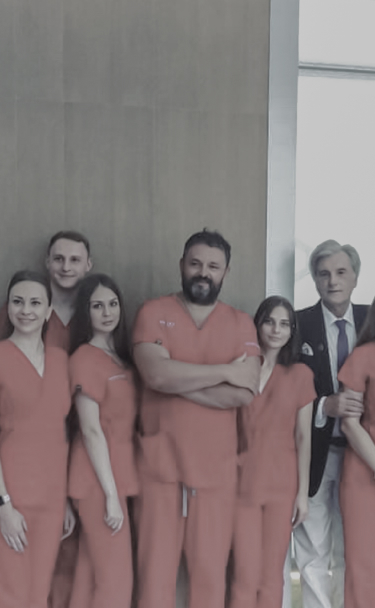
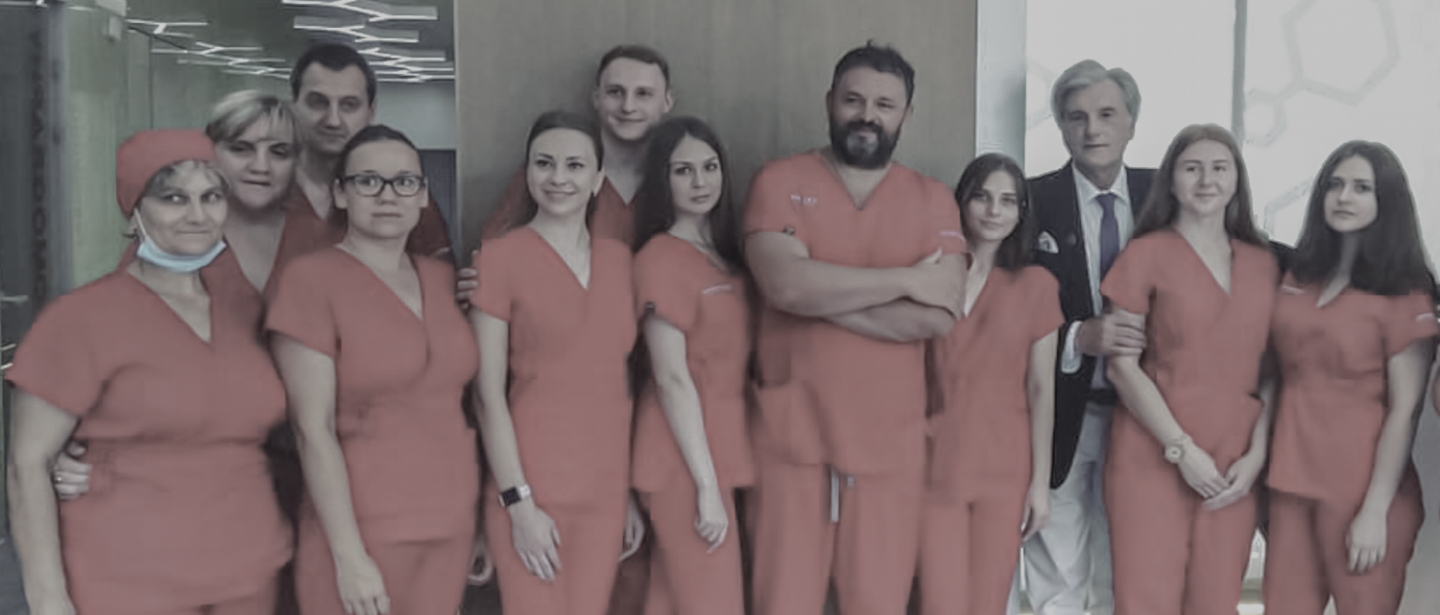
Years of experience
Patients
A modern clinic in the center
Successful operations
Unique surgical techniques
Branch of surgery
Units of the latest equipment
Charitable surgical assistance


The only clinic in Ukraine (to date), and one of the few clinics in Eastern Europe, which performs the entire sector of ENT surgical operations using the most modern equipment of the endoscopic company LEMKE (Germany).
We perform surgical intervention in the shortest time (compared to competitors), which leads to the least trauma, and as a result – quick rehabilitation.
We perform all surgical interventions in strict accordance with the protocols and standards of the European Rhinosurgery Association.
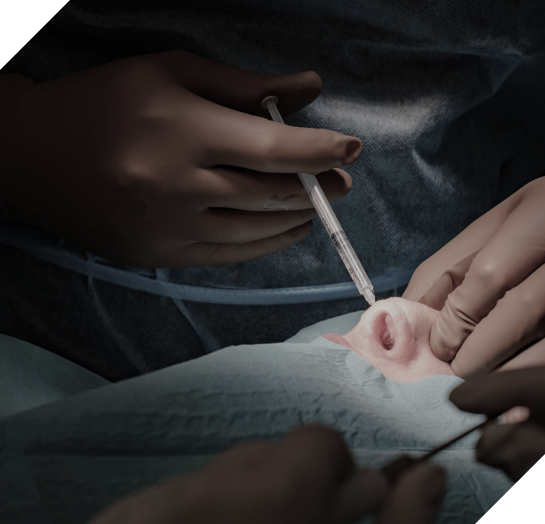
You should consult a surgeon about septoplasty as soon as possible if you experience the following symptoms:


The surgeon's consultation will involve:

Questioning (the doctor will inquire about your symptoms and medical history).
External clinical assessment (examination of affected areas, local lymph nodes, and assessment of each organ system through palpation and other methods).
Laboratory tests (including general clinical tests and specialized ones, such as the study of specific tumor markers to assess tumor likelihood).
Instrumental examination (to evaluate overall body condition and specific areas with changes, such as X-rays, CT scans, MRI, PET tomography, etc.).
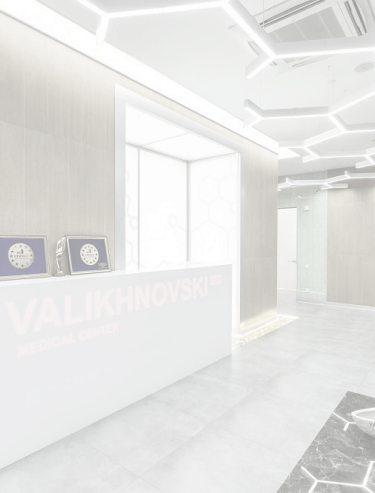

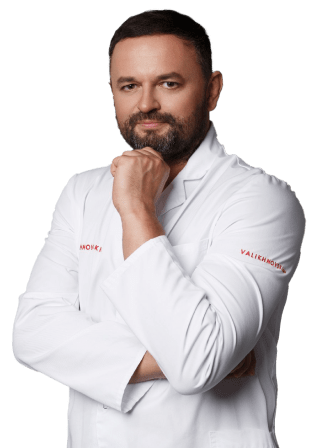




Closed Septoplasty Technique: This is the most common type of surgery, in which the surgeon makes incisions inside the nose to access the nasal septum.
Open Septoplasty Technique: A less common approach, where the surgeon makes an incision on the outside of the nose to access the nasal septum.
Classic Septoplasty: The surgeon performs the operation using conventional mechanical tools.
Endoscopic Septoplasty: In this method, the doctor uses special optical equipment (endoscope) to perform the operation with less damage to surface tissues.
Laser Septoplasty: The surgeon utilizes laser radiation to work on the tissues.
The choice of septoplasty technique depends on the complexity of the situation. Typically, closed septoplasty is used for mild cases, while open septoplasty is chosen for more complex ones.

If taking any medications, inform the doctor and follow their recommendations (dosage adjustments, restrictions, etc.).
Maintain a gentle diet and proper hydration a few days prior to the surgery. If constipated, consider laxatives or enemas. Avoid alcohol to ensure predictable anesthesia responses.
Refrain from eating for 6–12 hours before the operation, and from drinking for 2–4 hours. Also, avoid chewing gum and smoking to prevent stomach contents from entering the respiratory tract during anesthesia.
On the day of the operation, shower and use an enema to ensure no involuntary bowel movements due to sphincter relaxation.
Immediately before the operation :
- Remove removable objects like piercing jewelry and dentures from the oral cavity and face.
- Take off items like contact lenses, hearing aids, and jewelry to avoid potential harm.
- Remove cosmetic products (makeup, nail polish, artificial nails) from the body for better visual assessment.
- Empty your bladder and possibly the intestines to avoid involuntary incidents during anesthesia.
- Put on the special clothes provided by the clinic.
Additional measures may be taken based on individual considerations and the specifics of the surgical procedure.
The main stages:
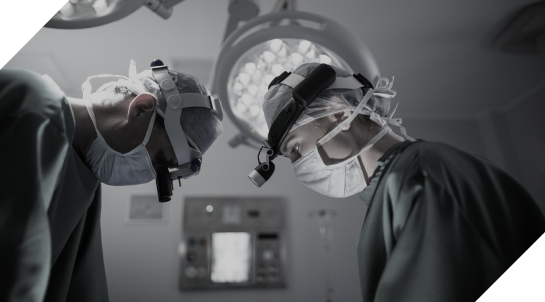

to the operating room on a gurney or escorted on foot. In the airlock room, a medical cap and shoe covers are worn (to prevent microorganisms from entering the air of the operating room).
a surgical team with specific composition, taking into account the details of each procedure.
(position may vary based on the procedure's specifics) and secured with specialized straps.
on the hand, inserts a catheter to administer necessary medications, attaches electrodes to monitor heart's electrical activity, places a tonometer cuff on the shoulder, and a sensor to measure blood oxygen levels. These measures ensure continuous monitoring of the patient's condition during anesthesia and surgery.
depends on the specific objectives, the targeted body area, and aligns with the chosen surgical tactics and technique.
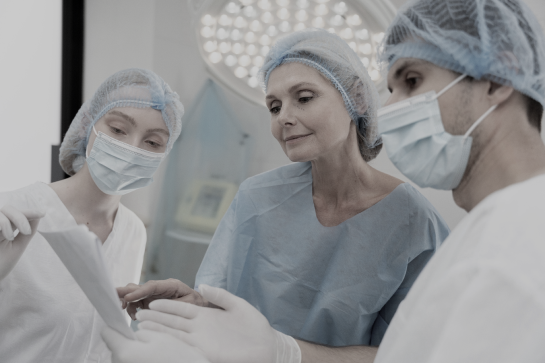
After surgery, the patient awakens in the postoperative observation ward. If needed, oxygen can be administered through a slender tube to ensure an adequate oxygen supply to the body. The nurse will diligently monitor the patient’s condition and, if required, administer medications as agreed upon with the doctor.
Before the patient is discharged, the doctor will assess the surgical sites, establish a plan for ongoing rehabilitation, and provide additional guidance.




Septoplasty is a surgical procedure designed to correct a deviated nasal septum. You should contemplate consulting a surgeon for a septoplasty if you experience the following symptoms:
If you present one or more of these symptoms, it’s advisable to discuss them with your trusted healthcare professional. They will evaluate your condition and assist you in determining whether septoplasty is the most suitable option for you.
Septoplasty is conducted under general anesthesia. During the procedure, the surgeon creates incisions within the nasal passages to access the nasal septum. The deviated septum is then corrected by the surgeon, and the incisions are subsequently closed.
Following septoplasty, swelling and bruising around the nose area are common. You might receive a prescription for pain relief. Engaging in excessive physical activity should be avoided for several weeks post-surgery.
The septoplasty warranty encompasses implants, medical consumables, and equipment. Provision of surgical treatment services is guaranteed in alignment with modern medical advancements, the clinic’s specialists’ high level of qualification, and the clinic’s technical resources. However, the ultimate clinical outcome is influenced by numerous factors, not solely limited to the doctor and the clinic, including individual body characteristics, lifestyle, environmental circumstances, and stress-related factors.
Preparation for septoplasty surgery involves a preliminary examination and consultation with the surgeon. This encompasses comprehensive assessments involving photo and video analyses of appearance and anthropometry. Consultations with relevant specialists may also be included. The general principles of surgical preparation align with those generally followed in surgery.
Potential complications following septoplasty include general surgical issues (bleeding, thrombosis, infections, inflammation) as well as those specific to this field (postoperative defects, nonunion of bone, epileptic syndrome). Rigorous preparation for the surgery, a skilled and experienced medical team, advanced technology, and coordinated teamwork within the clinic collectively minimize the risk of complications.
Conditions that significantly elevate the risks of surgical treatment, such as infectious, mental, gastrointestinal diseases, etc., are considered contraindications to septoplasty surgery.


